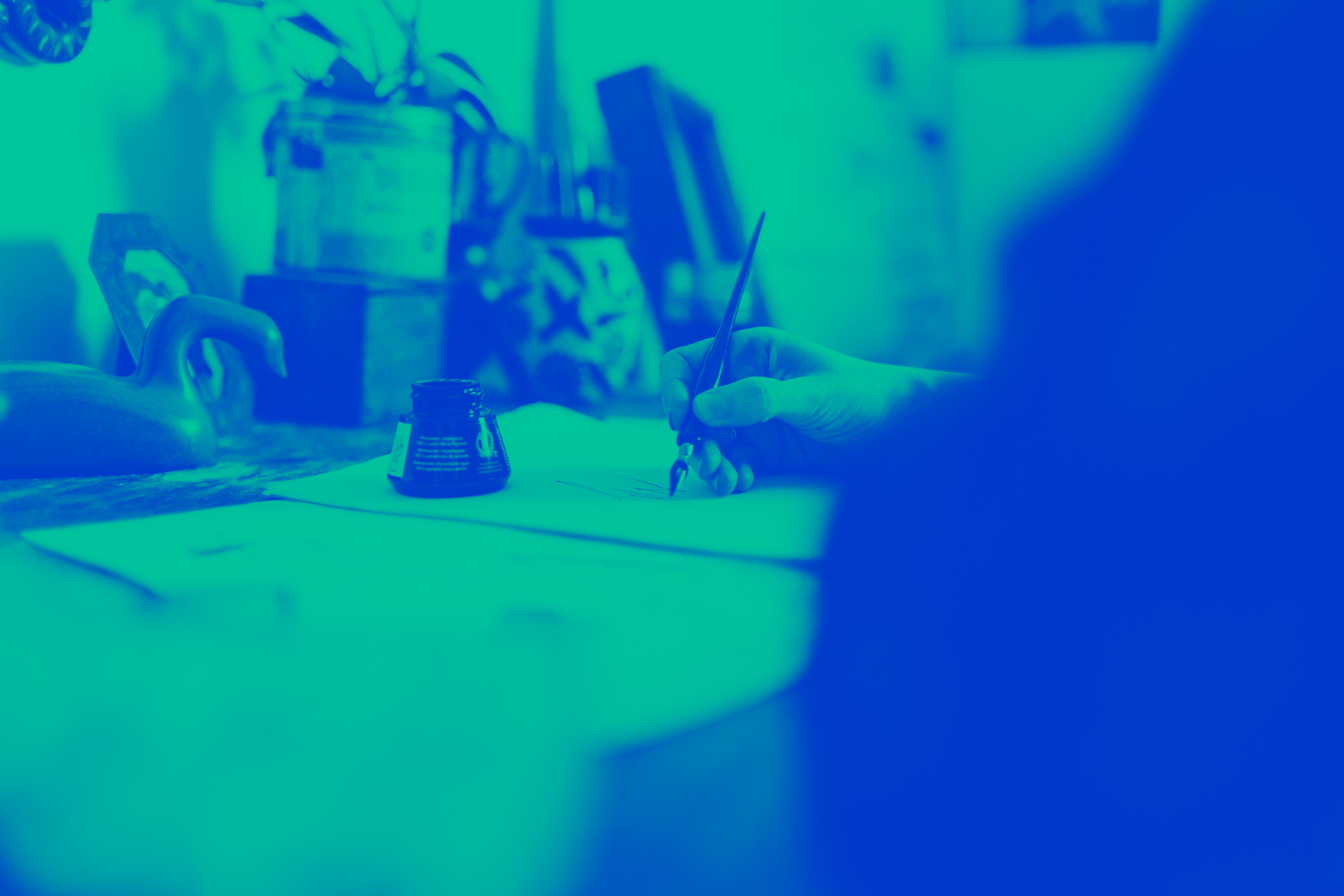
Field Notes
Explore
Clothing: We’re in it together
The most important concept is that everything — absolutely everything! — comes from nature. This seems obvious when seen from, for example, a space shuttle. Plastic, oil, nylon, polyester, clay, hemp, silk, monkeys, pine trees, sky-scrappers, my oven at home, bleach, me — it all comes from the big ball of rock, stone, water and gas that we live on.
Got GOTS?
The growing world of organic textiles can sometimes feel like the wild west of certification. What do all those logos mean, and how do you know which ones are trustworthy? There are seemingly endless companies offering certification, thousands of retailers selling organic product and a labyrinth of information for consumers to sort through. It can be difficult to know what is greenwashing and what is responsible sustainable production.
Forest Stewardship Council
Forests cover about 30% of the world. They provide a home to our animal co-habitants, beautiful places to walk, oxygen to breathe, medicine, wood and paper. Some of these things are easy to spot in our day-to-day lives: paper, pencils, furniture, flooring, packaging and more. Others are less obvious, such as rubber bands, diapers, price stickers and skis. Ikea alone represents 1% (13.97 million m3) of the forest products used in the world, which speaks to the volume of home furnishings that use them.
The Zero Waste Home: Interview with Bea Johnson
In the past few years, Bea and her family have gradually reduced the amount of waste they produce from two “enormous” carts of trash going out each week to filling one Mason jar a year. The catalyst came when the Johnsons moved from a large suburban home to a smaller rented apartment in the city. The downsize required them to let go of 80% of their belongings in what Bea describes as “voluntary simplicity” — a move that ultimately launched her as a leader in the “Zero Waste” community and a best-selling author on the subject.
Is Bigger Better?
Can small-batch producers stay small? As local, handmade and artisanal products experience a rapid growth in popularity, this question comes up often. At what point does an artisanal producer shift into being a small business, then mid-sized, then large?
Plant Plastic Potential
It may be that we always use some form of plastic. But if we could make it out of our kitchen scraps and then compost it right in our backyard, that would start solving a lot of problems. They’re not there yet, but combined with finding ways to radically reduce our waste, plant-based plastics could be a step in the right direction with research and public education put into action.
Good Deal vs Good Value
Within the conversation of sustainability comes the reality that at some point we have to change our lifestyle habits in order to lessen our impact on the environment. And that can be inconvenient. It’s time consuming. It can be expensive — especially now, at the forefront of this development. I, like anyone, want to make the money I earn go as far as possible. I also want to make choices in my purchasing that I believe in.
Critically, Transparent
If you’re reading this, chances are you care about what you purchase. Growing a community of like-minded people — those conscious consumers who want to know more about how and by whom a product is made — ensures the wares we find in the marketplace are good for us, good for the people who make them and good for our environment.
Breaking the Mold: Part 3
Handmade, local, organic, artisanal — these words have permeated our collective lexicon over the past years. They, along with other terms that evoke a bygone era, pop out from signs, labels and hashtags. Stores and high-end craft shows are brimming with beautiful, painstakingly made pieces of useable art, sourced close to home and further afield.
Breaking the Mold: Part 2
This morning when I took my coffee mug down off the shelf, I held it for a bit longer. I felt the arc of the handle, the slight widening of the lip and the roughness of the unglazed edge along the bottom. My stepmom made this mug. My fingers trace the trail hers took, where she used her thumb to place the handle. The grooves around the body are left from her hands turning together on the wheel. The glaze drips show the mug was hand-dipped into her custom blend of colour.
Breaking the Mold: Part 1
If you reach into your closet right now and run your hand along the hanging fabrics, what you’re touching is not shirts, pants, hats and shoes. You’re touching vast crops of cotton, giant trees, pools of oil, stacks of rubber, metals and minerals. Pick a mug out of your cupboard, put a leash on your dog, and you’re coming into contact with bits and pieces of the earth that have been reconfigured into the recognizable tools of our day-to-day lives.











